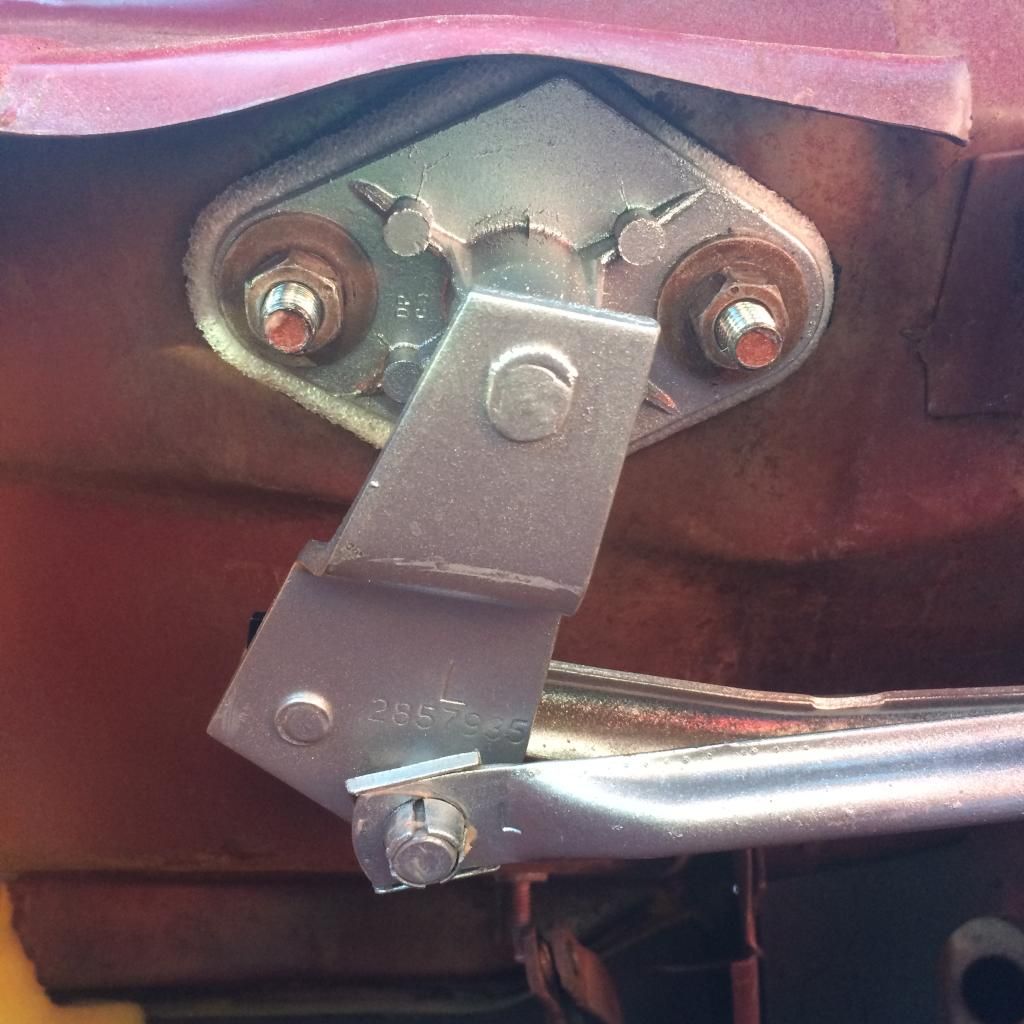Swapping fuse blocks means popping out the contacts. I'll clean them off while they're out.

Here is the old fuse block, stripped of its electrical connections.

The grodie terminals.

Terminals after the dremel.

To ensure good contact, some tightly rolled 600 grit was used to clean where the fuse clips in.


Here is the old fuse block, stripped of its electrical connections.

The grodie terminals.

Terminals after the dremel.

To ensure good contact, some tightly rolled 600 grit was used to clean where the fuse clips in.

































